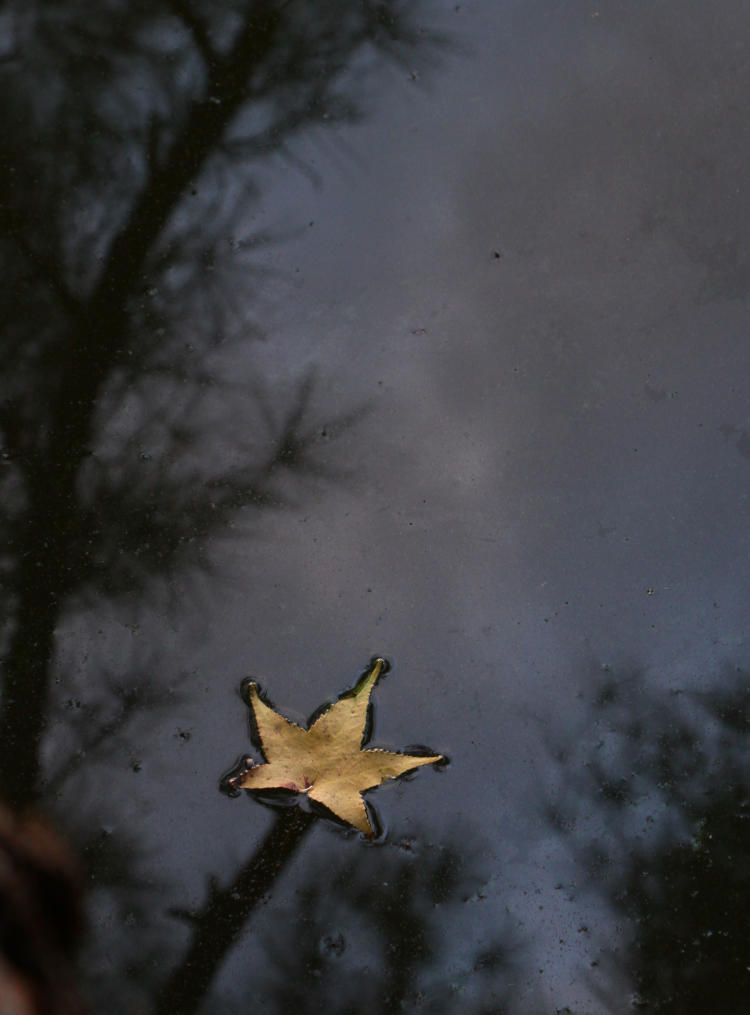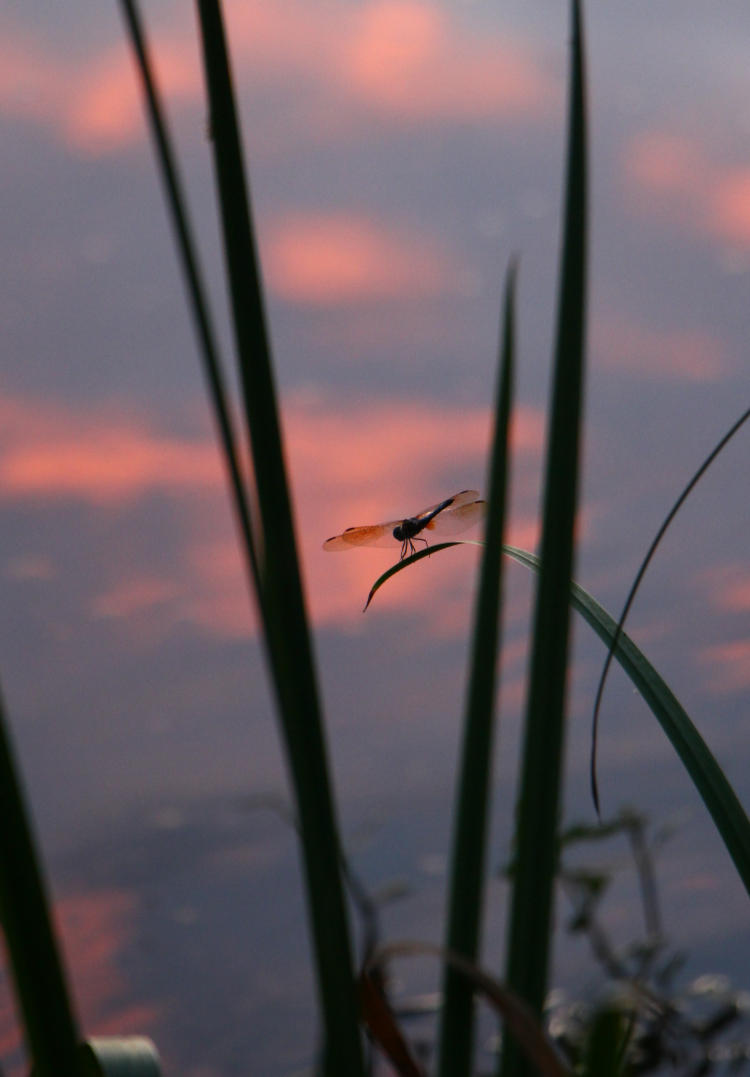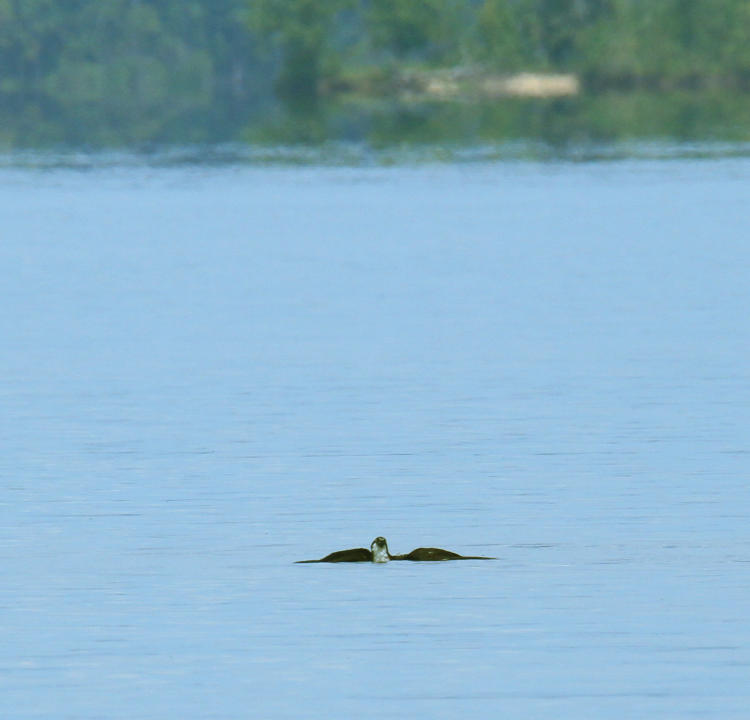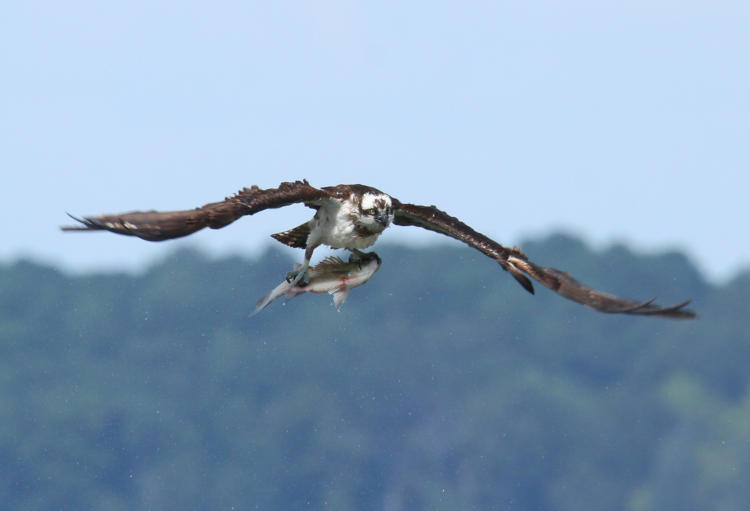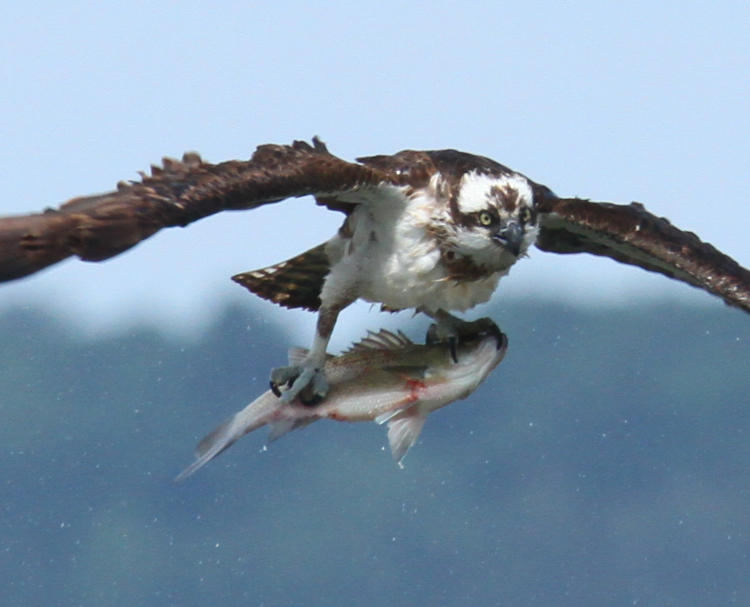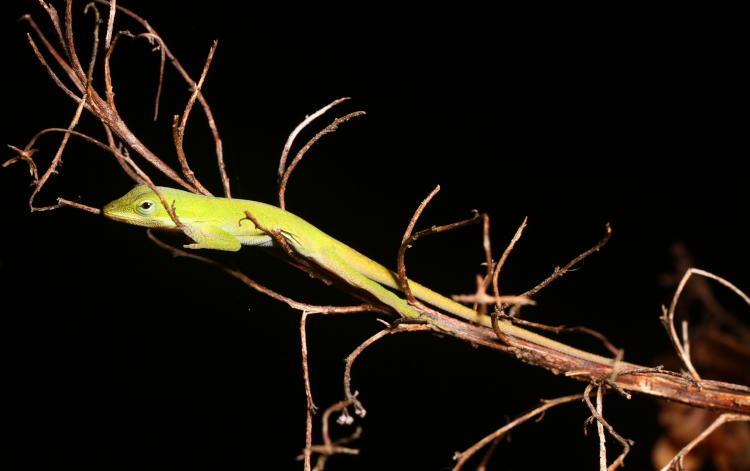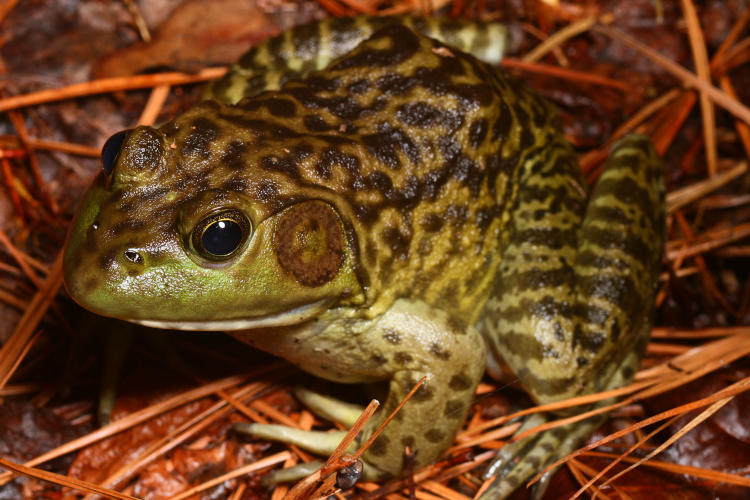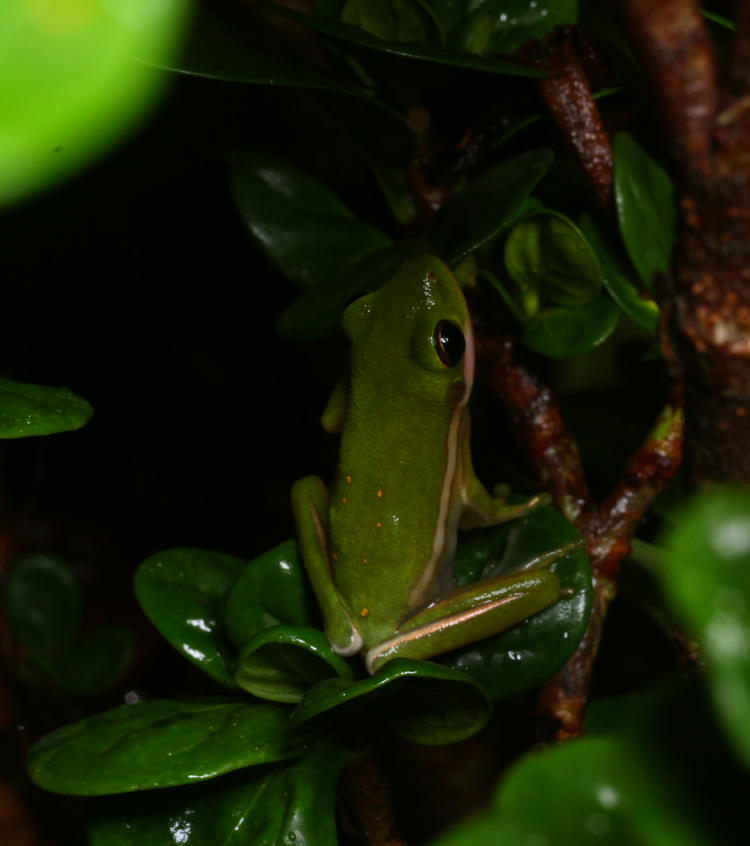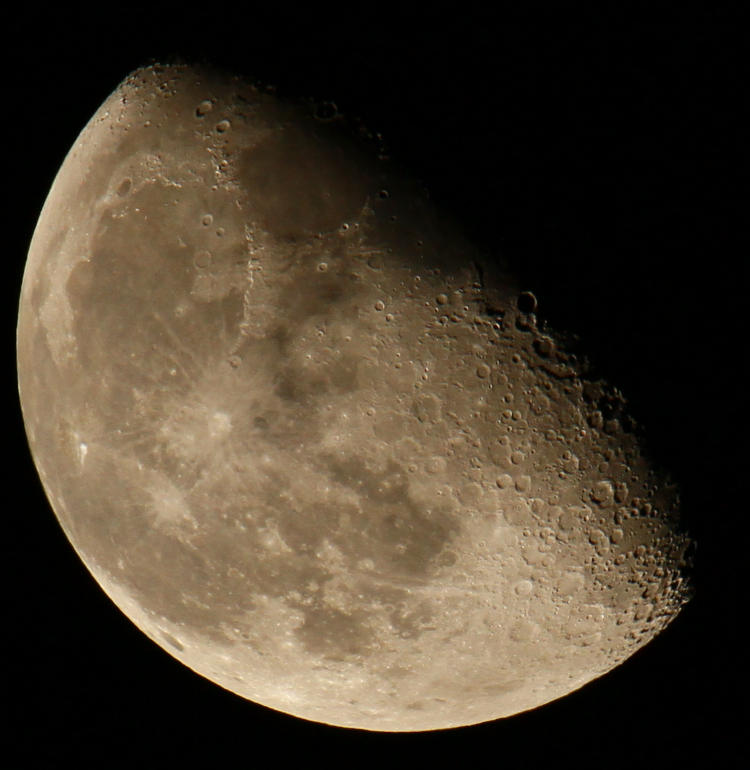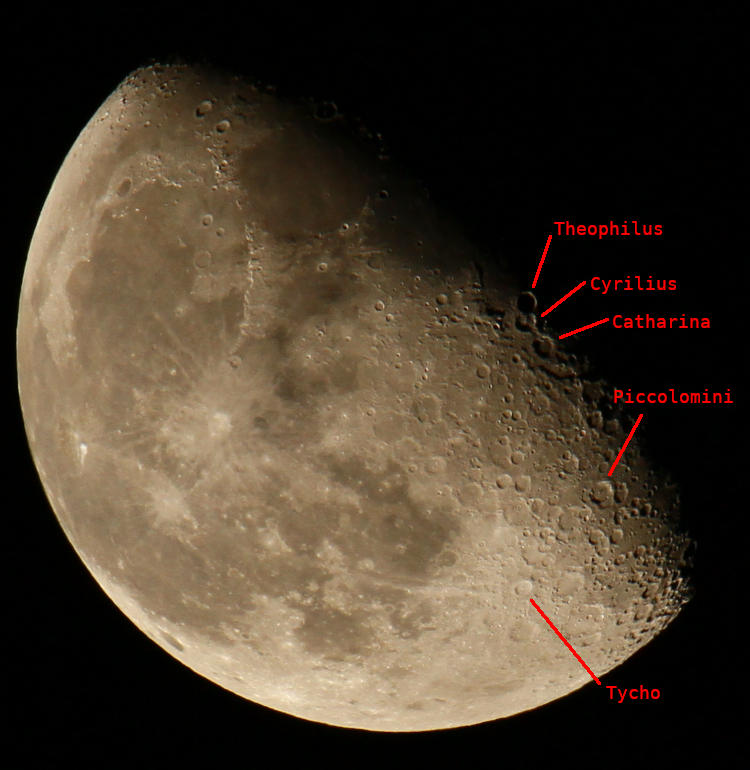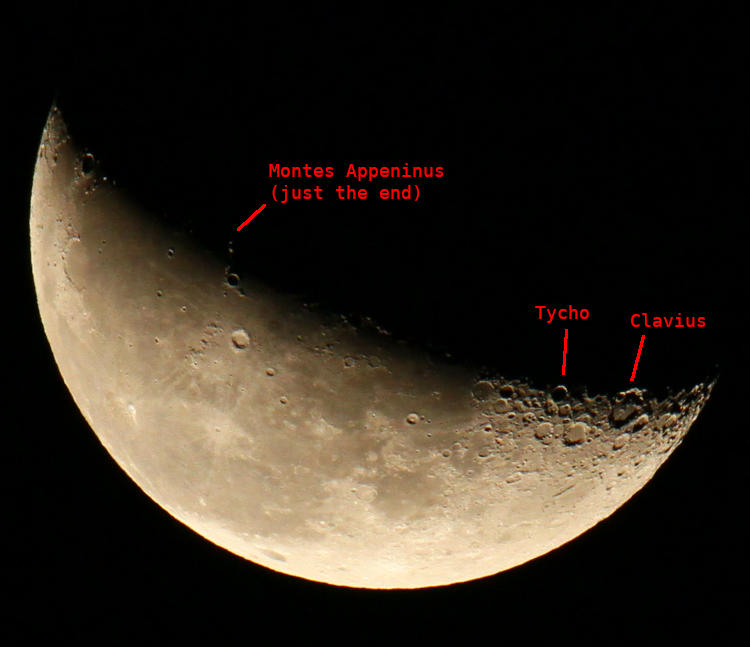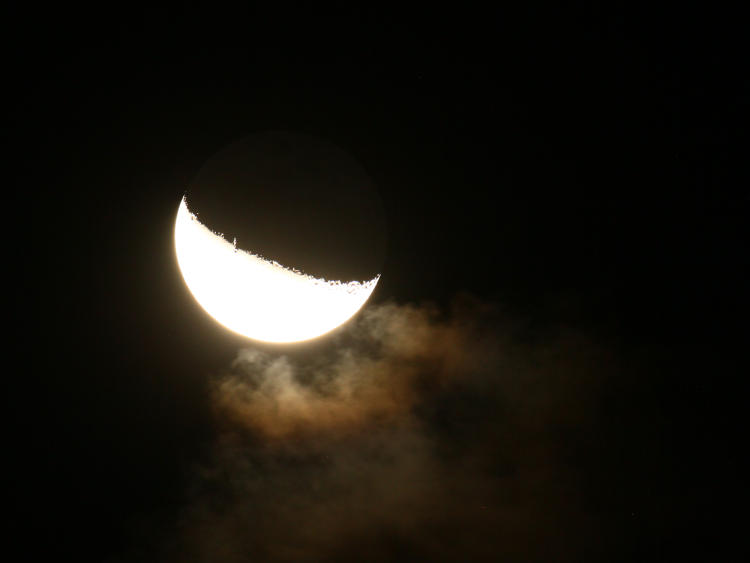These are images from the first of two visits to Jordan Lake this week, and I’m not absolutely sure there won’t be a third before I finish the post for the second, but even if not, there are a serious number of pics. So let’s get started.
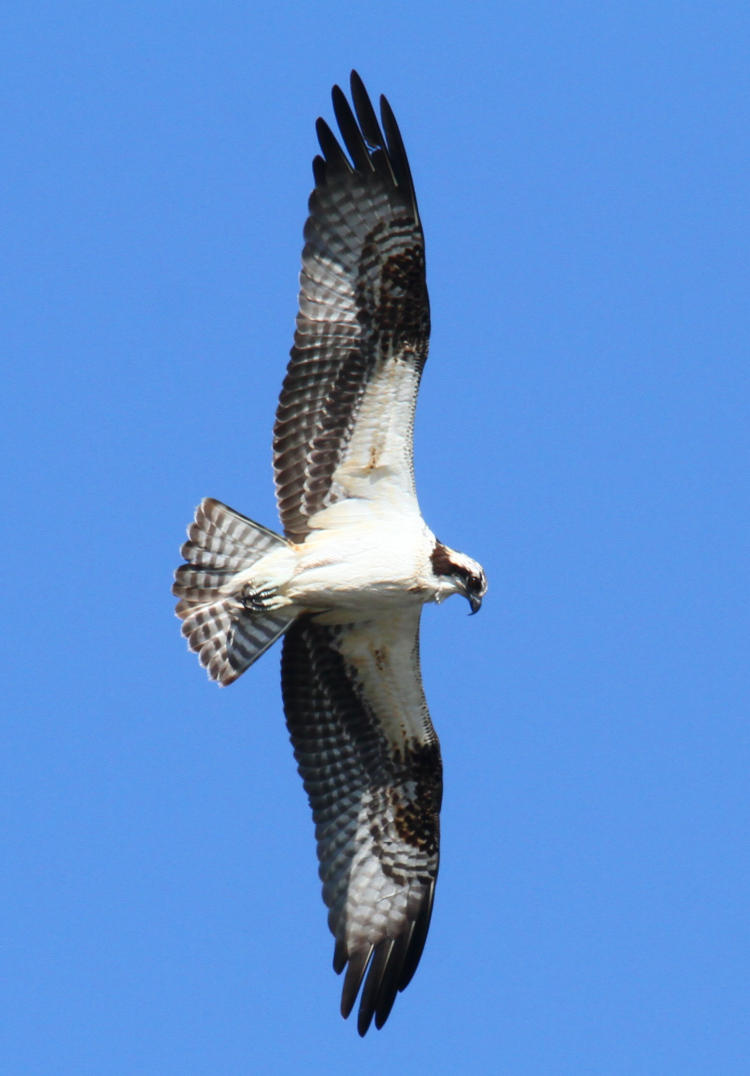
These are from Monday, which was more active yet still not as much as I’d hoped – I don’t expect anything to beat this day in June but it would be nice. And like the osprey (Pandion haliaetus) above, occasionally one of the birds out there would provide a nice pose.
I’m still after a good shot of the point of entry for a diving osprey, which remains difficult. I had made a minor change to the autofocus system, assigning a ‘lock’ function to one of the buttons on the back right under my thumb, so when I saw a bird starting to dive, I could lock autofocus and prevent it from hunting or grabbing the background horizon as the bird was about to hit the water. As yet, I have not been able to use it, because the autofocus has to be correct first before I can, and so far it’s been hunting just as I was trying to track the osprey’s descent. This might be partially my fault, because I still have to shift my grip slightly to hit the button and it may be causing my aim to wander slightly – this could be enough given the distance of the birds and thus the small AF target, but generally things are happening fast at that point and I’m not really concentrating on evaluating technique.
Also not helping is exposure compensation, to some degree illustrated below:

You see, I have some over-exposure dialed in for birds against the bright sky, which works well for images like that at top, because the brightness of the sky (and how little of the frame the birds take – that one’s significantly cropped) would cause the exposure functions in the camera to darken things down to ‘average,’ middle-tones, so I over-expose to keep things at the proper brightness – generally 2/3 to one full stop. But then, as the bird crosses the horizon and has a much darker background, this function is making things too bright and actually slowing down the shutter speed. That’s probably not the case here, as we’re about to see – it’s probably just focus wandering.
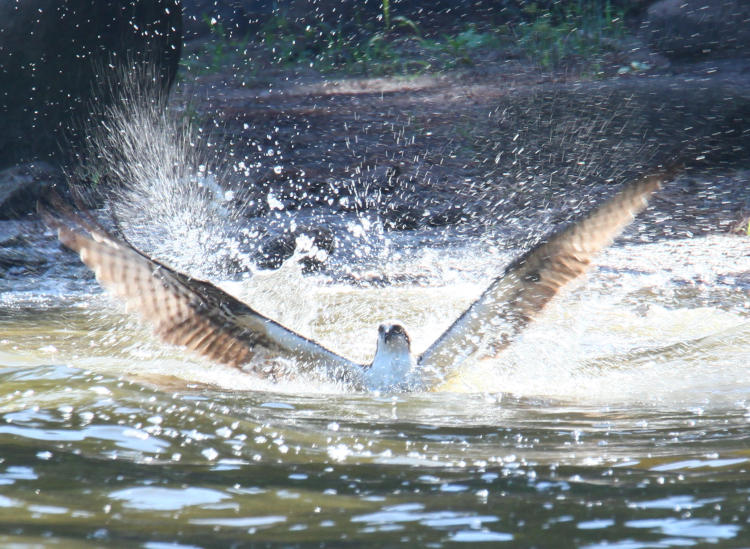
Because this is a split-second later, same background conditions, and this time the focus locked on just fine and the action is adequately frozen. Still trying to, not perfect this, but at least improve it significantly. Boosting the ISO may help, but there’s a balance point between speed and quality, and I’m playing with that too. I was all ready to do some experiments the following day, and of course then the birds were pretty much not hunting at all.
It was a windy day, making the lake surface choppy but providing plenty of thermals for the raptors to glide within, and the vultures were taking full advantage of it, even though I wasn’t paying much attention to them. But I did watch one approach a perched osprey in the distance – and so did the osprey.

As close as they appear here, it’s a line-of-sight kind of thing and the vulture is a lot farther from the osprey than that. Vultures aren’t too territorial and I’ve never seen or even heard of one harassing anything else (that was alive, anyway,) but the osprey appeared none too sure of that as it approached.
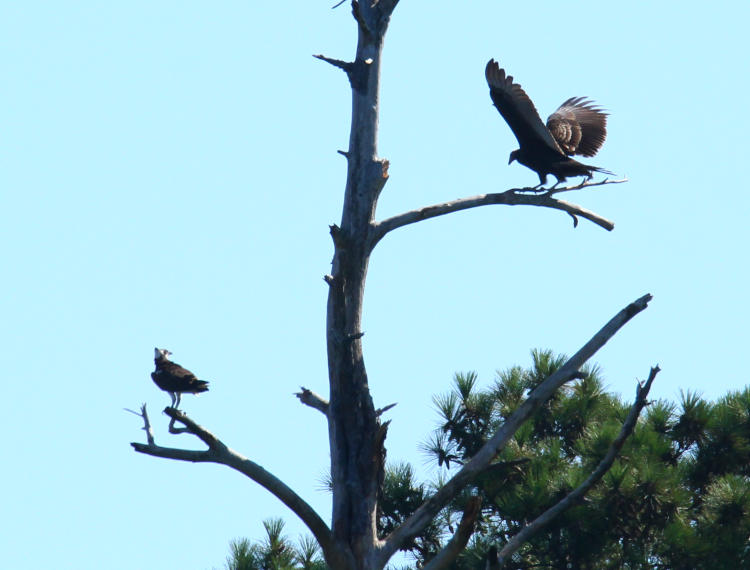
But the vulture, used to perching in entire flocks, just wanted a spot of its own in the inviting tree, and the osprey wasn’t fazed by that, once the vulture had taken its perch. This was a turkey vulture (Cathartes aura,) though the black vultures were also quite present that day.
A little later on, the osprey had left and more of the vultures were taking up the tree. I just liked the moment in time captured here:

I looked closely at the original frames, and there’s just enough resolution to make out the red heads, making these all turkey vultures. However, in hanging out and waiting, I’d taken a seat on the sand of the lakeshore not too far away from the decimated carcass of a large fish, and my stillness and the overhanging shade tree convinced a black vulture (Coragyps atratus) that I wasn’t around, and it cruised in to land nearby. It saw me at the last second, because I was raising the lens to track it, but this wasn’t enough to discourage the bird and it simply veered off a little and landed farther away.

It had landed perhaps 15-18 meters off and eyed me warily, but there was carrion there, and it didn’t take long for the large bird to start sidling closer, not hopping as they often do – this required a little more caution, so it stalked carefully, but not too slowly really.

I still had compensation dialed in for shots against the sky, so this was a little bright and has been darkened slightly in post, which makes the lake look that way. But even the sound of the shutter wasn’t deterring the vulture.

Seriously, there wasn’t enough left of the fish to make a decent snack, but the vulture wasn’t absolutely sure of that. This was taking place not ten meters away from where I sat, yet the bird wasn’t overly concerned. Soon, about five more vultures saw the activity and came swooping in, but as I raised the camera they all said, “What, are you nuts?” (or reactions to that effect) and veered off, only one landing much further off before deciding it wasn’t worth it and taking off again. My model here soon followed, and as I type this, I realize that it should have become a Profiles of Nature. Ah well – I have enough birds in those anyway.
There were also at least five bald eagles (Haliaeetus leucocephalus) present, though mostly at great distances, just close enough to make out age-specific markings but little else. One came reasonably close for a portrait, revealing as it did so how old it was.
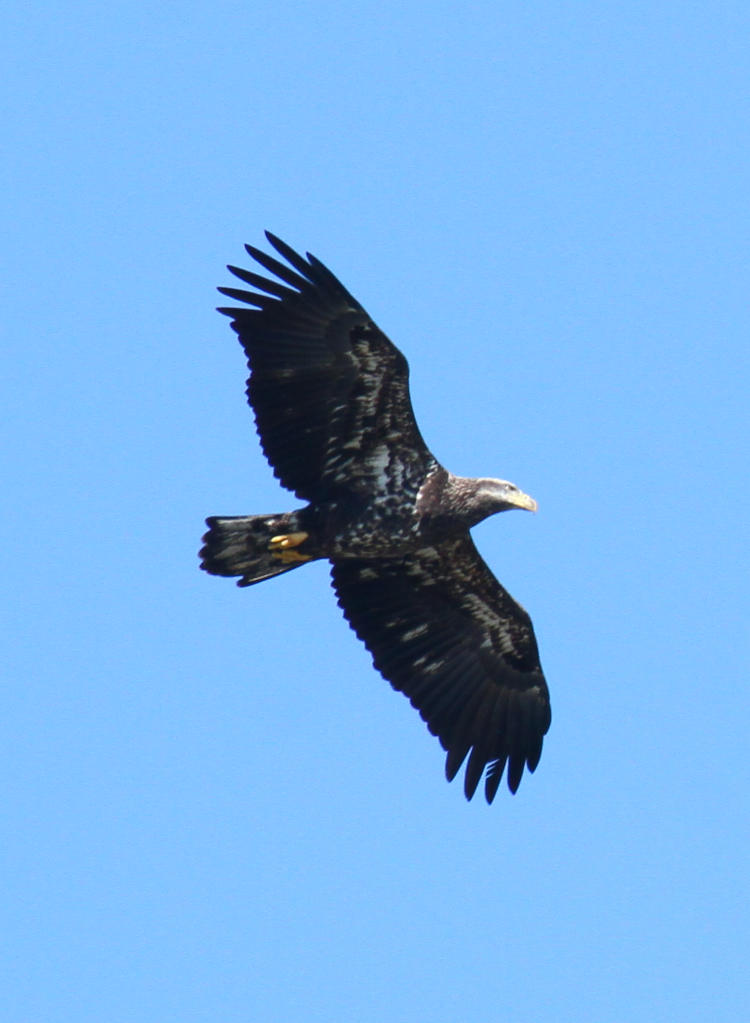
The stripes along the face are indicative: this is a third year juvenile, and will gain its adult plumage next year. I’m not sure that I had an example of the third year plumage this clear, but I do now at least.
At least one pair of adults were cruising past in the distance at one point, and individual adults later on, but I couldn’t say for sure whether these were the same ones or not – they did at least seem to prefer the same spot, well down the lake from me. But then, just a tad closer, another pair started wheeling around close together – very close, at times, and then they started ‘interacting.’ The following animated gif (pronounced, “IN-kor-EKT-lee“) is a sequence of seven consecutive frames shot within two seconds as I watched.

The potshots, of which there were several, were unmistakable, but at no point did either veer off and change direction or anything; since I’ve seen this before, I’m inclined to say this is play behavior among siblings, practice for the real actions of harassing other birds like osprey for their fish, one of the ways eagles get their food. We’ll illustrate these two a little better.

This is one example of the frames I was capturing, uncropped to give you an idea of the distance involved and my view through the camera – yes, this is at 600mm, so they weren’t much more than specks to the naked eye, difficult to determine that they were indeed eagles (mostly by the wings held flat while gliding, and the slower speed of their flapping pattern when they weren’t.) Now we’ll look at the same frame a bit tighter.

The one on the left is clearly a second-year juvenile, but the one on the right might be a first-year; speckling on the head and underwings may or may not be present. Still, since it didn’t try to flee under this harassment but continued on its path, I’m leaning towards these being siblings just goofing on one another.
Without more action to be seen, I eventually wrapped it up and headed home. But then a bit later on as I was doing yardwork, I spotted another raptor sitting in a tree about a hundred meters off, grabbing the camera and long lens again and slowly stalking it. The stealth turned out to be unnecessary, since the hawk wasn’t paying the least attention to me or the various neighbors who marched by directly under it.

I was initially identifying this as a juvenile red-tailed hawk, partially because I’d heard one call only a few minutes before, but on closer look I’m pegging this as a juvenile Cooper’s hawk (Accipiter cooperii) instead – the red-tail’s belly band is missing. It was big enough for a red-tail and acting like one – normally the accipiters are quite shy and avoid people quickly, and this one couldn’t have cared less not only that I was standing right underneath it, but conversing with neighbors as I was doing so (this is never my doing; I remain silent when stalking critters, but too many other people fail to understand this concept, and I’m polite enough not to ignore them or glare at them.) Anyway, if you want to understand my identification uncertainty, take a look at the photos for juvenile Cooper’s hawks, and then sharp-shinned hawks, and finally red-tailed hawks.
That was only part one. More on the way.












































































